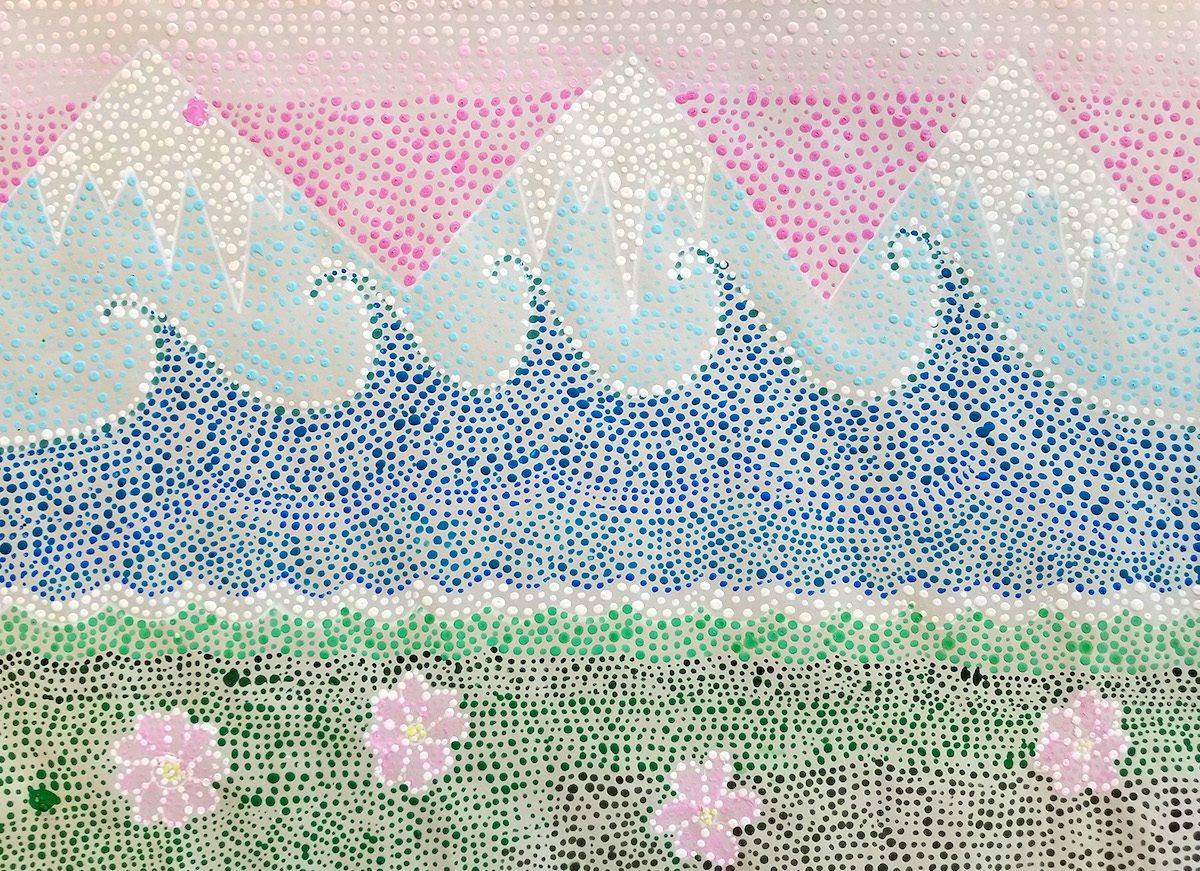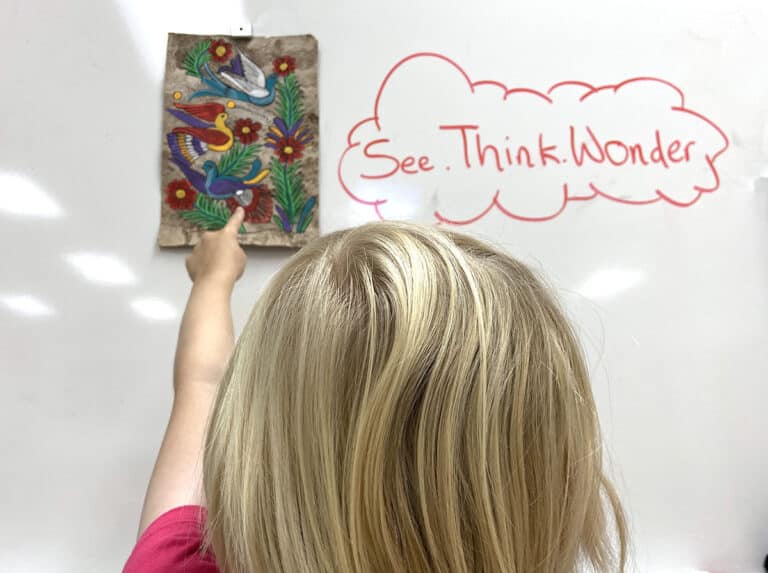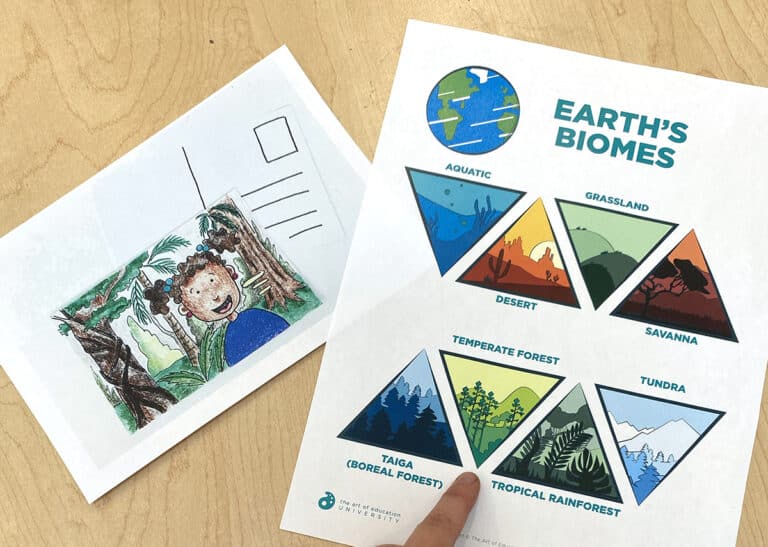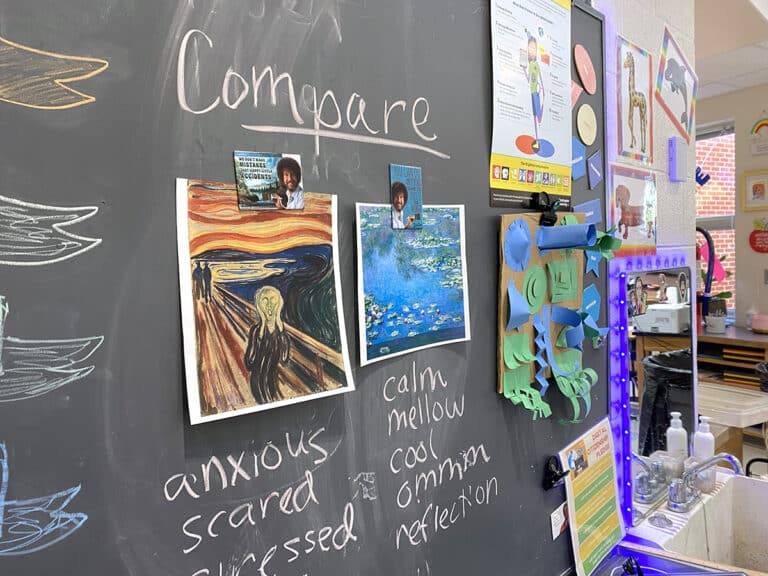Everywhere we look, examples of cultural appropriation abound; on television, in advertising, across the internet. Celebrities take aspects of cultures and societies and embrace them in the name of fashion on their latest Instagram posts.
But what does cultural appropriation mean? And how do we balance learning from other cultures against exploitation?
In my middle school, I teach a class called World Art. The description of the course is as follows.
Students create a portfolio of original artwork based on techniques from diverse locations around the world. They learn about global culture while gaining a wide variety of art skills and exploring the ways in which they can express their own experiences, memories, and stories through art. Projects may include media such as henna, paper cutting, various types of painting, Celtic knotwork, and sand art. The course emphasizes both the artistic techniques and the cultural significance of each project as it relates to students’ own lives and cultures.
When students select this course, they often don’t have a handle on what it is we’re going to be doing. They’re just looking for another chance to create and make art. But I see World Art as a chance for them to engage with and discover the world around them through artistic culture. However, I want to be cautious so they don’t come away thinking an entire culture can be boiled down to a single art form or concept.
Defining Cultural Appropriation
I work with my students to address these questions and concepts at the very start of the class. We spend a full day talking about examples of cultural appropriation they find in the media, on the internet, and even in their own daily lives.
I define Cultural Appropriation with my students in this way.
Cultural appropriation is the adoption or use of elements of one culture by members of another culture. It may be perceived as controversial or even harmful, notably, when the cultural property of a minority group is used by members of the dominant culture without consent art forms are seen as misappropriation and a violation of intellectual property rights.
With cultural appropriation, the original meaning of these cultural elements is often lost or distorted. Such displays are seen as disrespectful or as a desecration by members of the originating culture. For example, cultural elements which may have deep meaning to the original culture may be reduced to “exotic” fashion by those from the dominant culture.
Then, I share some examples.
I follow this conversation by pointing out some of the more egregious examples of cultural appropriation students may encounter. For example, in many classrooms, cultural art forms are only addressed as holiday celebrations. This devalues the way artistic traditions are infused throughout a culture. Halloween is another example of a time when appropriation takes place in an insensitive and offensive matter; cultures are not costumes.
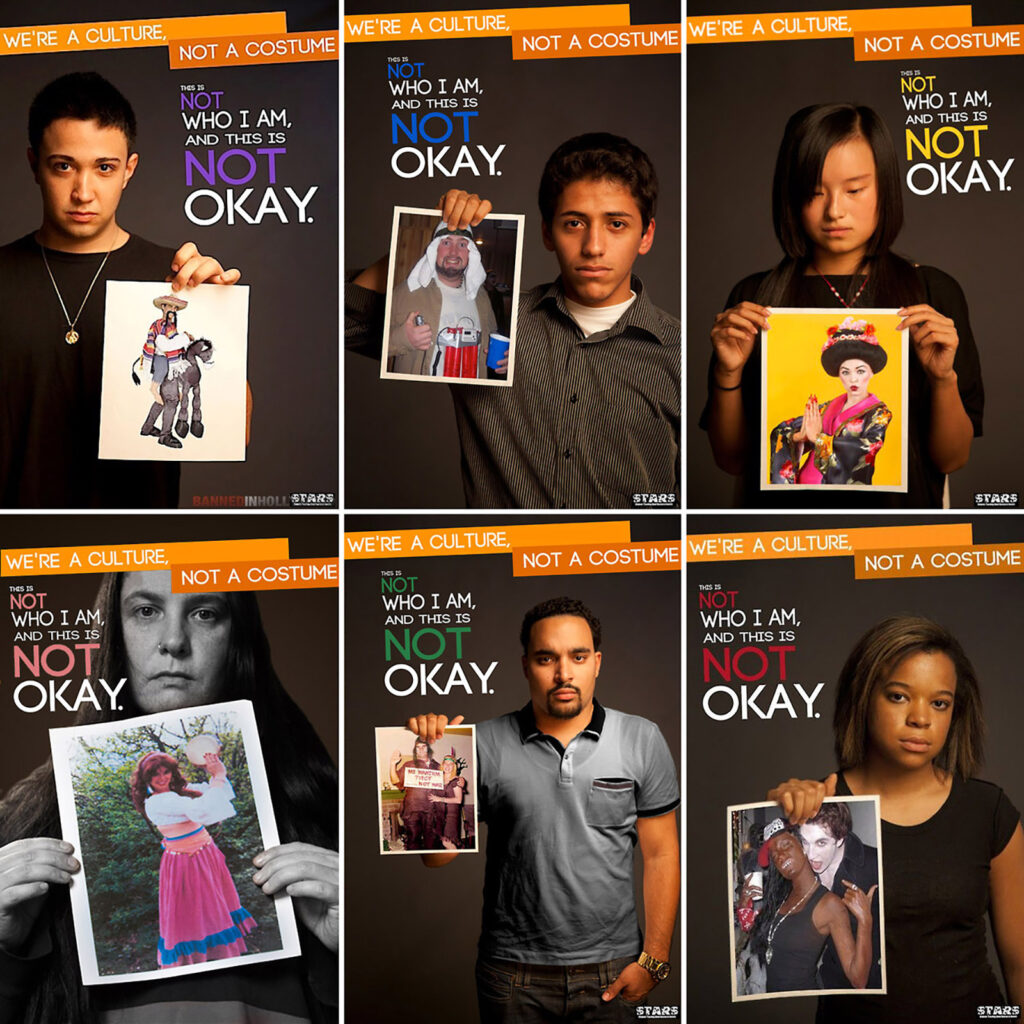
Creating simplified and stereotyped caricatures of a culture only perpetuates misunderstandings and biases. It further “others” people who have different backgrounds from ourselves. We discuss how appropriation does not equal appreciation. We also discuss that without an understanding of history, context, and meaning, the usage of other cultural art forms and images can be insulting and offensive.
So, how do we teach about other cultures?
All of this doesn’t mean we shouldn’t be studying or learning techniques from other cultures. Learning the technical skills to create work in specific styles, while telling our own stories and narratives, can be a very powerful way of honoring and passing along artistic traditions. Gaining background in the culture and history allows students to understand the context. It also allows them appropriate ways to display or use imagery from other countries.
Project Examples
In my room, students explore various cultures and cultural art forms but use what they learn to tell their own stories. You can read about two examples below.
Chinese Paper Cutting
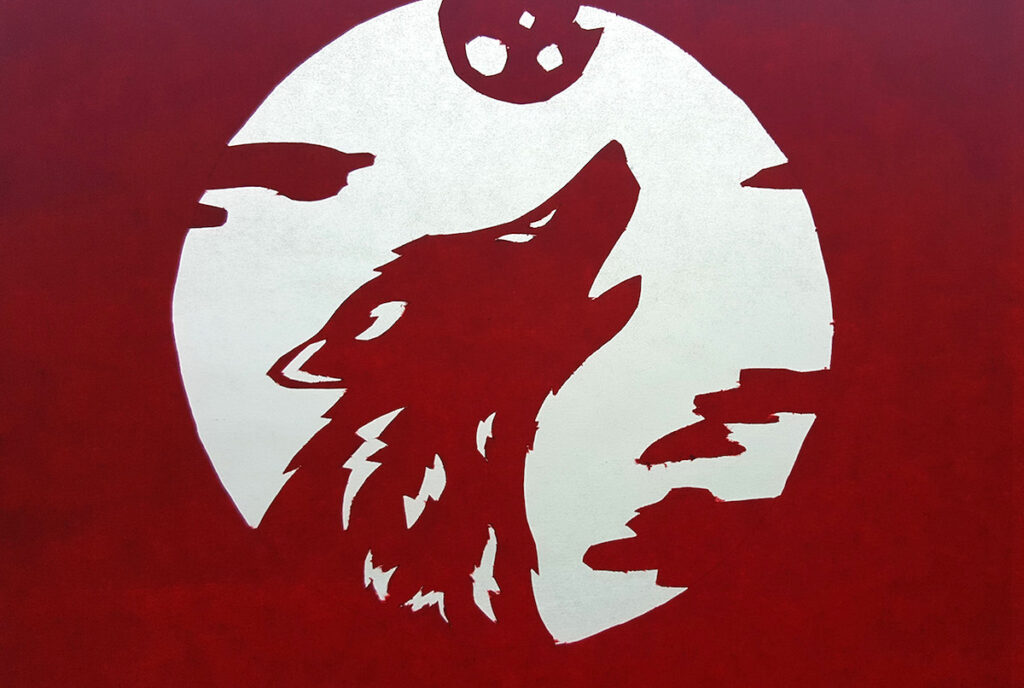
For this project, students learn about the history and cultural significance of Chinese paper cutting. Then, I ask students to use the art form to identify spiritual connections for themselves through symbols.
Aboriginal Dot Paintings
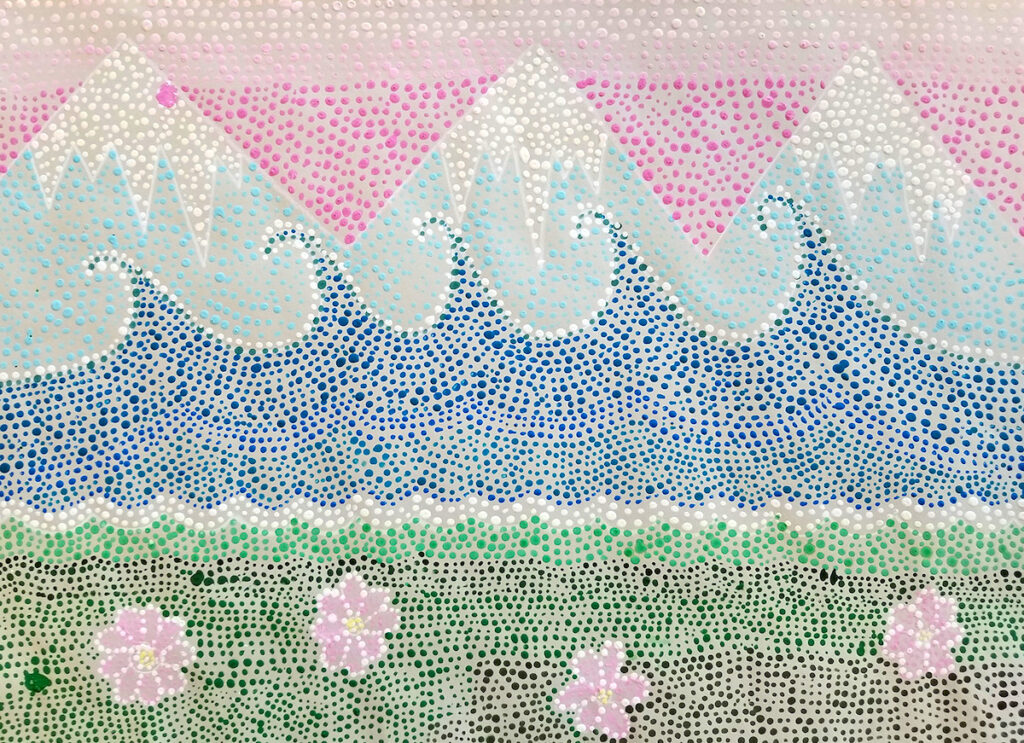
In the same way, students learn the history and cultural significance of Aboriginal dot paintings. We also study the processes and color palettes these artists use to tell stories and narratives. After that, students use the techniques to tell their own stories about spaces and places that are important to them.
Engaging with the cultures in a deep and meaningful way encourages connection and learning. It begins the conversation and can help to break down the ignorance that so often divides us.
Does cultural appropriation come up as a topic in your classrooms?
How do you teach about other cultures beyond the “holiday” model?
Magazine articles and podcasts are opinions of professional education contributors and do not necessarily represent the position of the Art of Education University (AOEU) or its academic offerings. Contributors use terms in the way they are most often talked about in the scope of their educational experiences.
